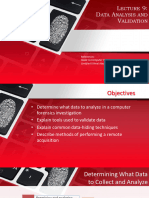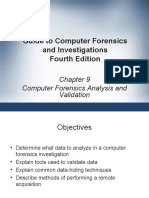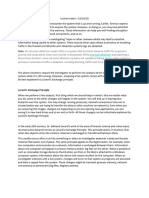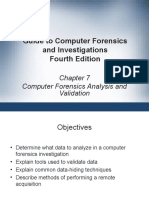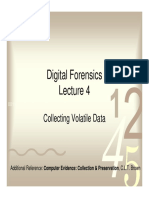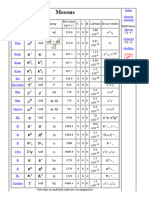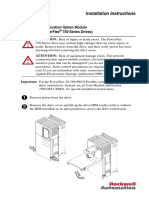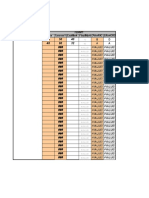0% found this document useful (0 votes)
48 views53 pagesMemory Analysis
This document discusses physical memory forensics. It covers analyzing memory to recover files, detect hidden data, and verify memory components. It also discusses anti-forensics techniques used by attackers to conceal data in memory like data hiding and destruction. Methods for acquiring physical memory include hardware-based using devices and software-based using tools like dd on Windows and Linux.
Uploaded by
Shishir SaxenaCopyright
© © All Rights Reserved
We take content rights seriously. If you suspect this is your content, claim it here.
Available Formats
Download as PDF, TXT or read online on Scribd
0% found this document useful (0 votes)
48 views53 pagesMemory Analysis
This document discusses physical memory forensics. It covers analyzing memory to recover files, detect hidden data, and verify memory components. It also discusses anti-forensics techniques used by attackers to conceal data in memory like data hiding and destruction. Methods for acquiring physical memory include hardware-based using devices and software-based using tools like dd on Windows and Linux.
Uploaded by
Shishir SaxenaCopyright
© © All Rights Reserved
We take content rights seriously. If you suspect this is your content, claim it here.
Available Formats
Download as PDF, TXT or read online on Scribd
/ 53






























